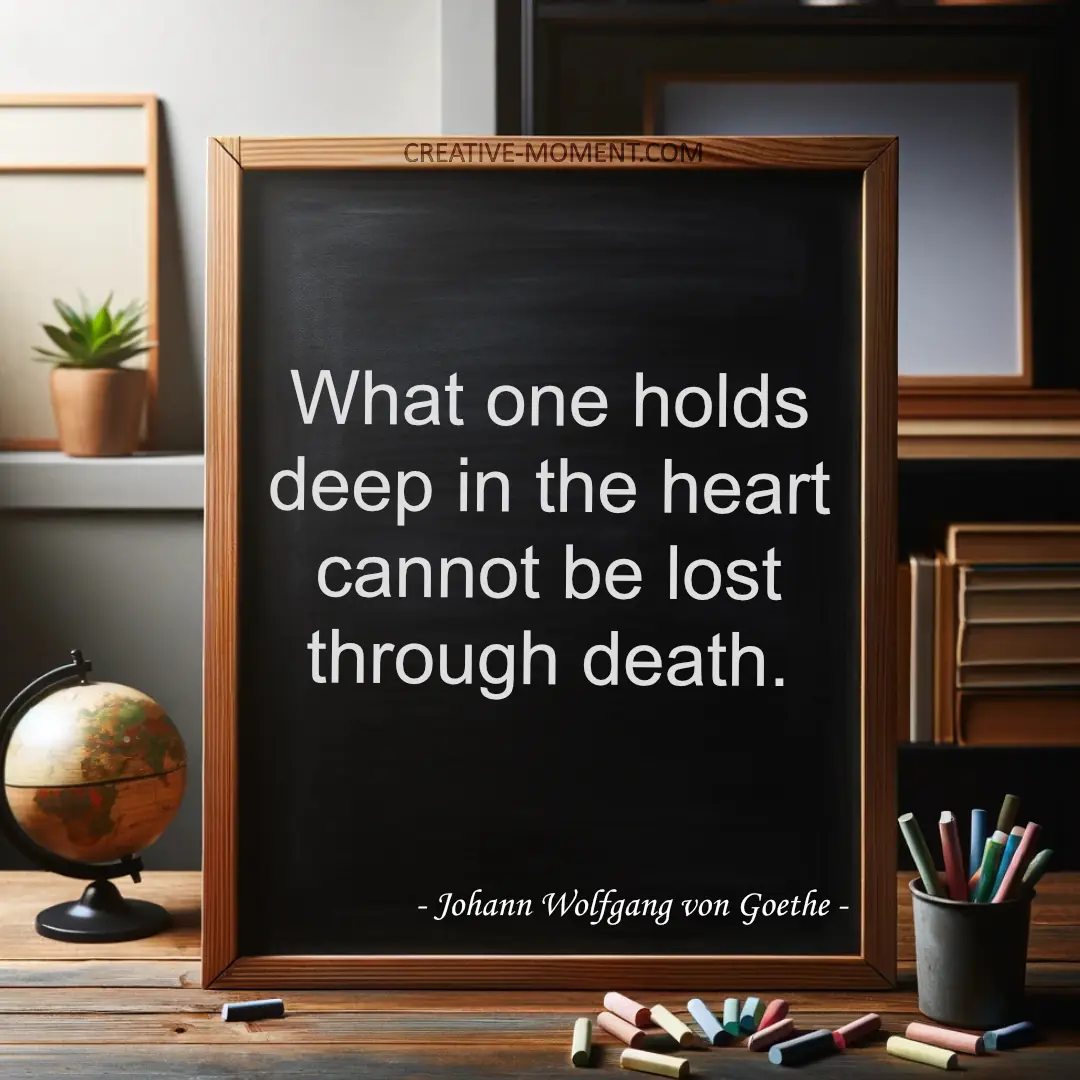Saying: Nature knows no pause in progress and development, and attaches her curse on all inaction
Info
- Title: Nature knows no pause in progress and development, and attaches her curse on all inaction
- Type: Sayings
- Category: Nature and Environment
- Print: Download as PDF for printing
Goethe’s saying highlights the dynamics of nature as a continuous process. It makes clear that there is no room for stagnation – neither in biological nor intellectual terms. “Nature knows no pause in progress and development, and attaches her curse on all inaction.” This expresses a principle that goes far beyond nature and also applies to social or personal development.
Origin and Usage of the Saying
The original saying comes from Johann Wolfgang von Goethe and was passed down in its English version as “Nature knows no pause in progress and development, and attaches her curse on all inaction.” Goethe, one of the most important German poets and thinkers of the Enlightenment and Sturm und Drang, was deeply engaged in natural philosophy and the laws of transformation throughout his life. The saying is part of his literary legacy and has been cited in both scientific and philosophical contexts. It appears in academic texts as well as in critical essays and speeches on social progress.
Meaning and Interpretation of the Saying
Goethe’s saying emphasizes the central role of change and movement in natural processes. Nature knows no rest phases in the sense of complete stagnation – it transforms constantly. This continuous development is a prerequisite for life and progress.
However, the message is not only scientifically relevant but can also be applied to human action. Those who resist change or remain in their comfort zones will – as Goethe states – face the consequences of stagnation. The saying thus warns against passivity.
Especially in the context of societal or technological development, this statement gains importance. Progress occurs where people take action and do not settle for the status quo. Nature here serves as a metaphor for dynamism and evolution.
The idea is also reflected in personal life. Those unwilling to develop further risk stagnation. The saying becomes a call for growth and change – without explicitly demanding it.
Ultimately, the saying refers to a universal principle: nothing remains as it is. Recognizing this allows us to harness the power of transformation not only in nature but also in our thinking.
Similar images



 Back to overview
Back to overview

